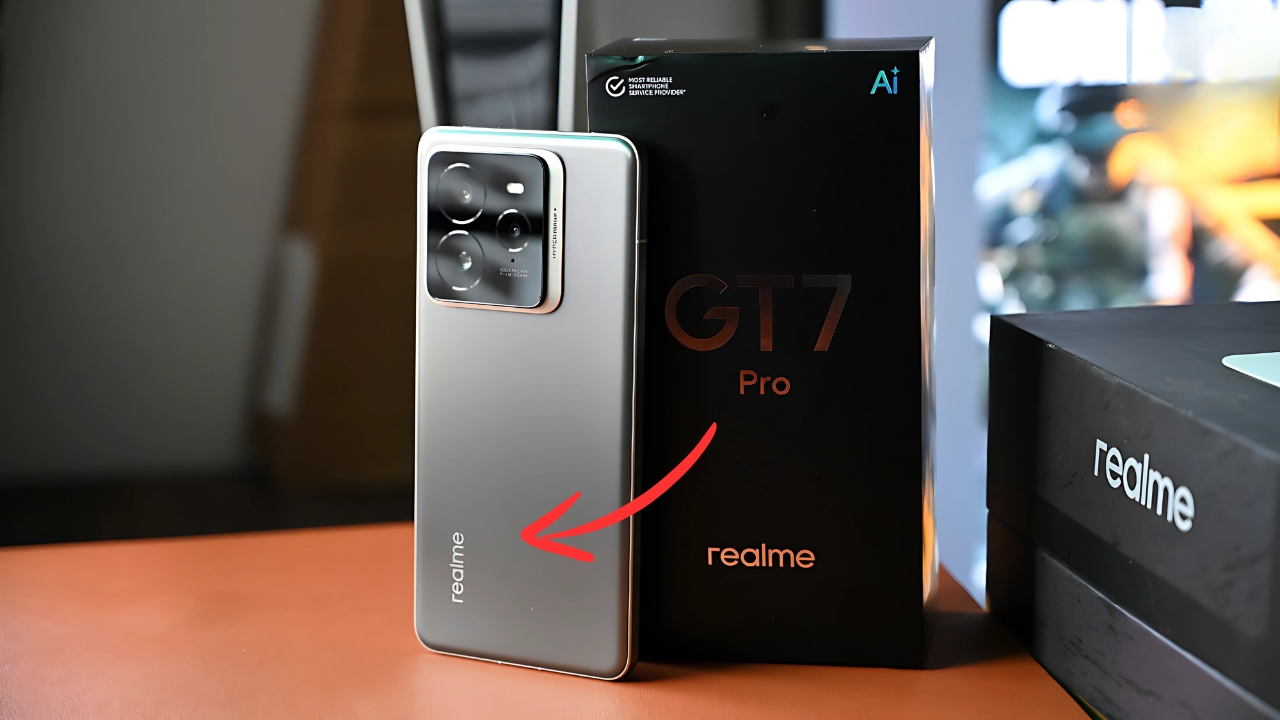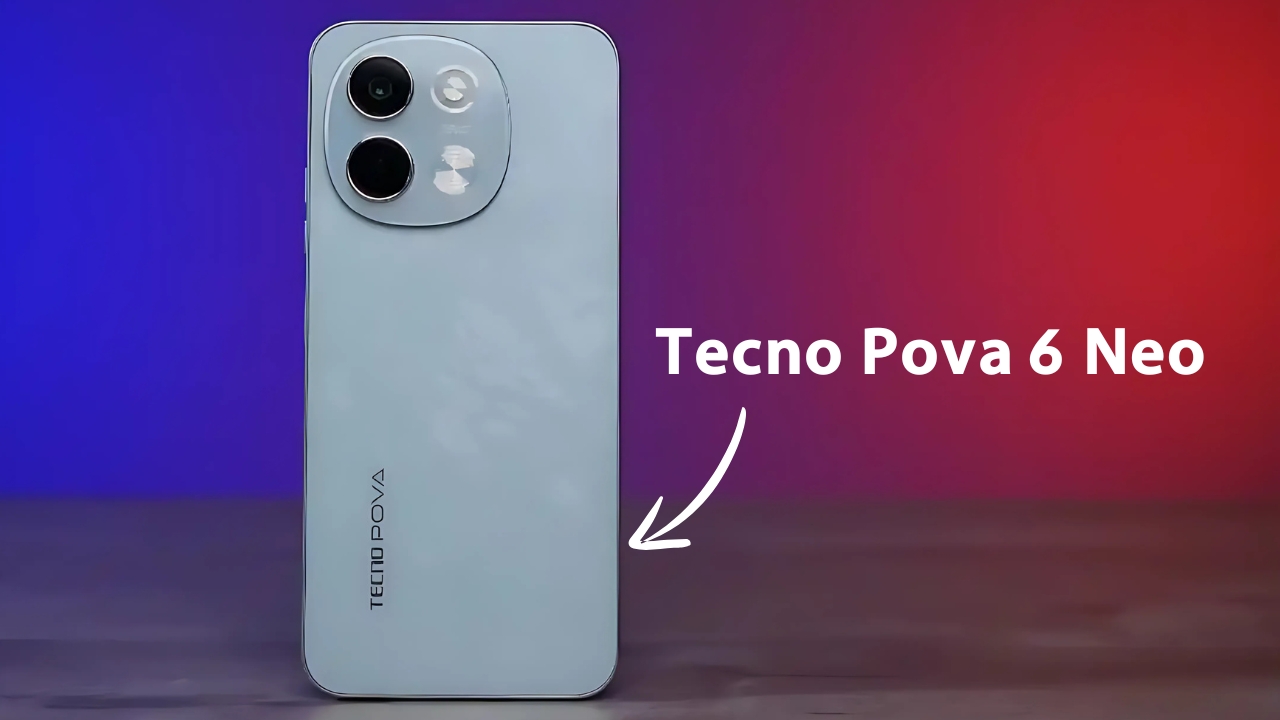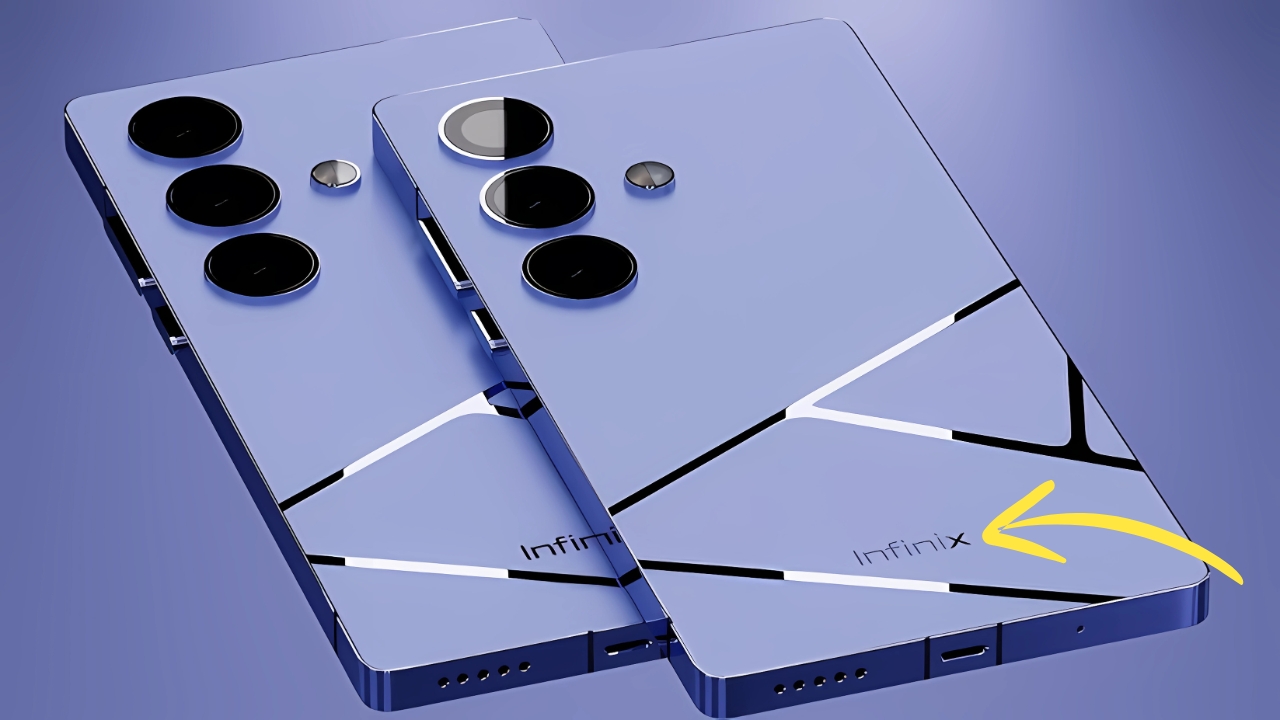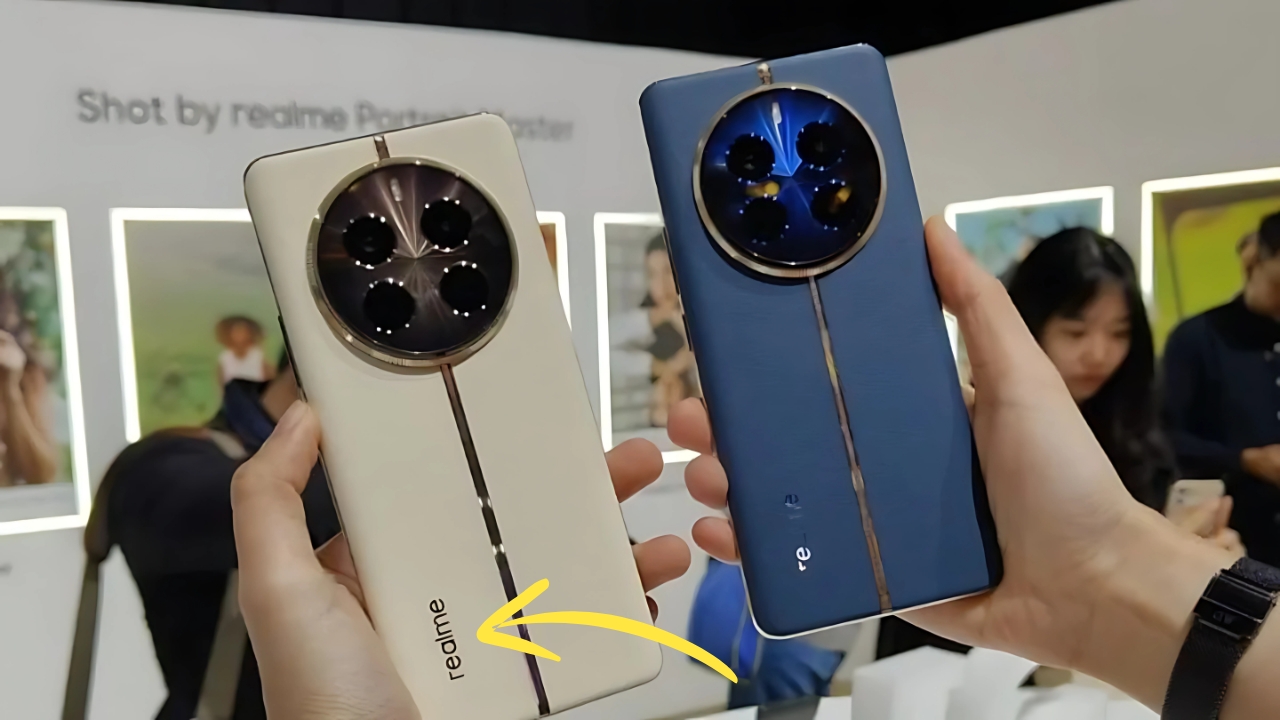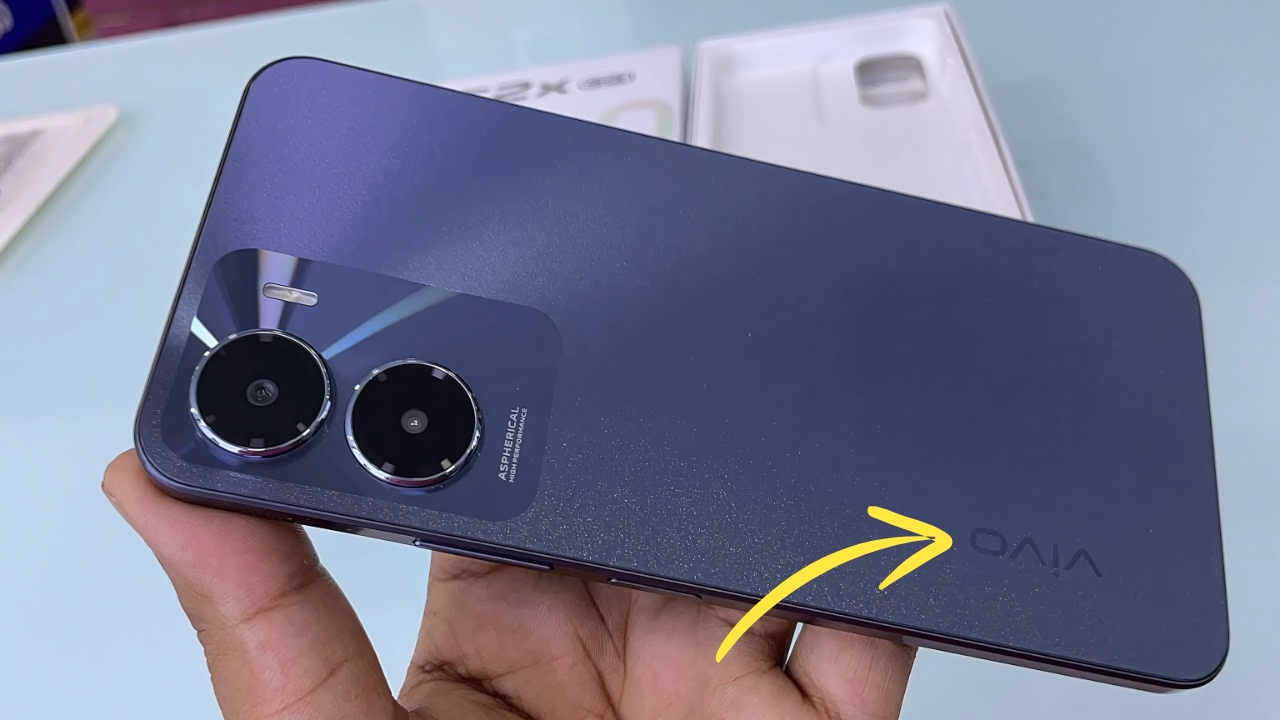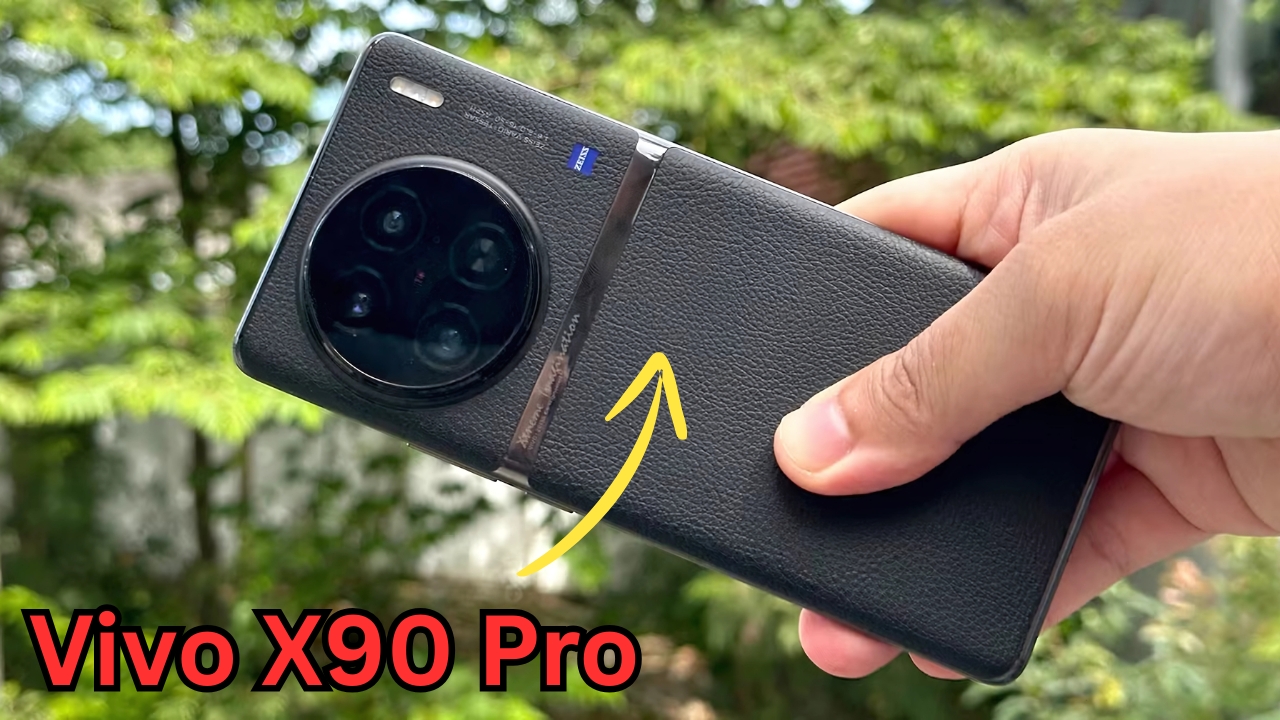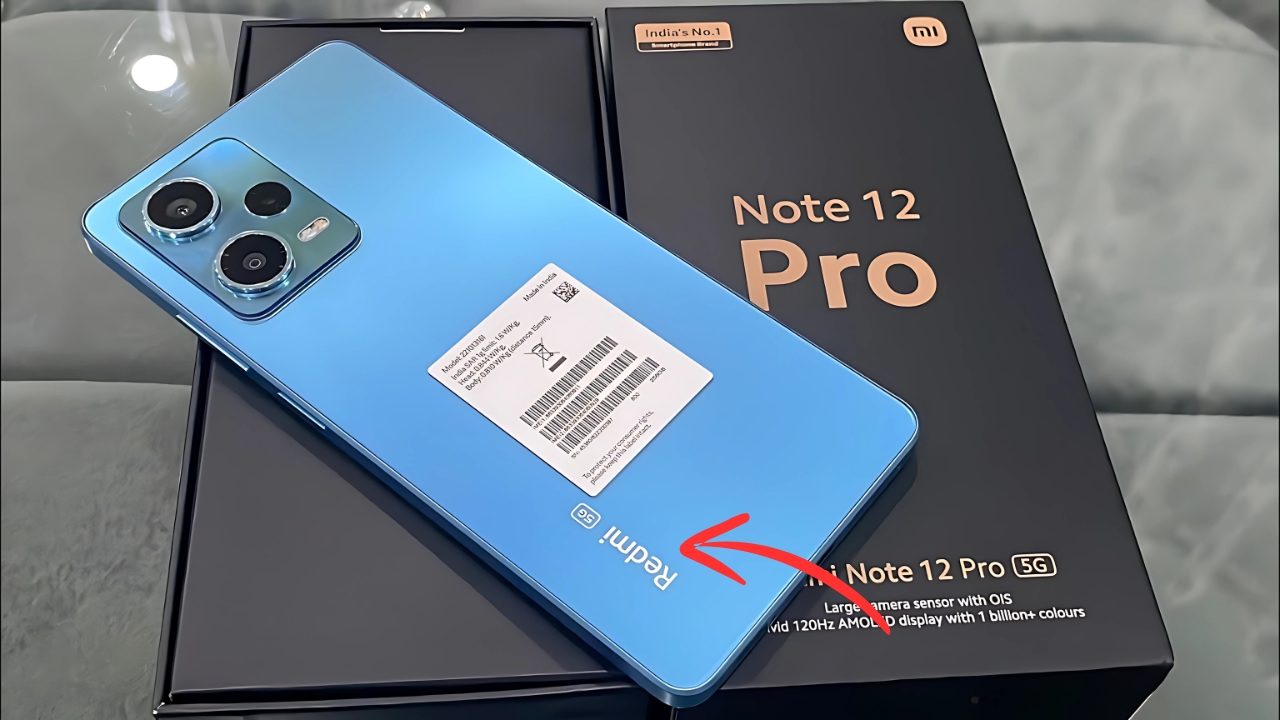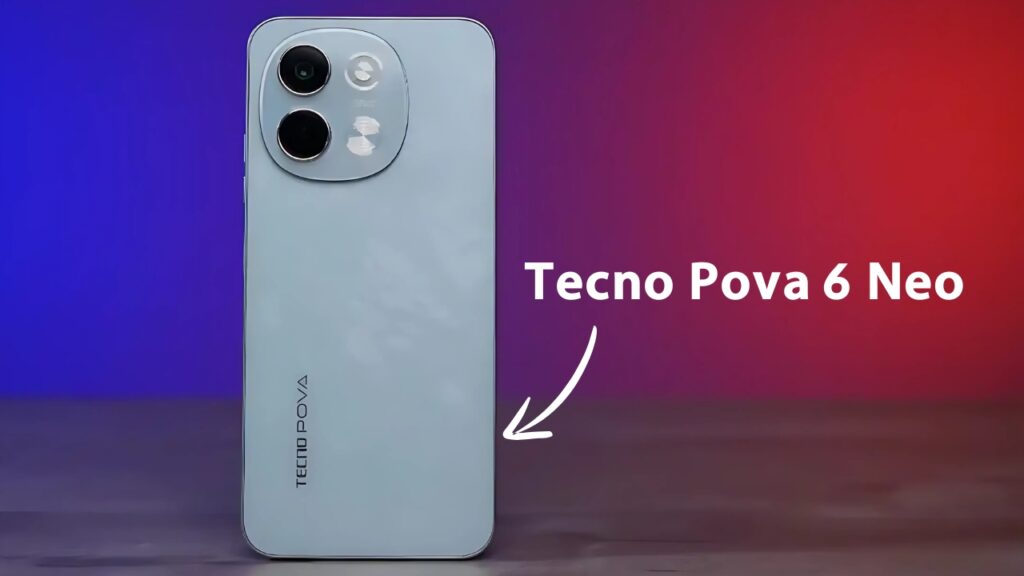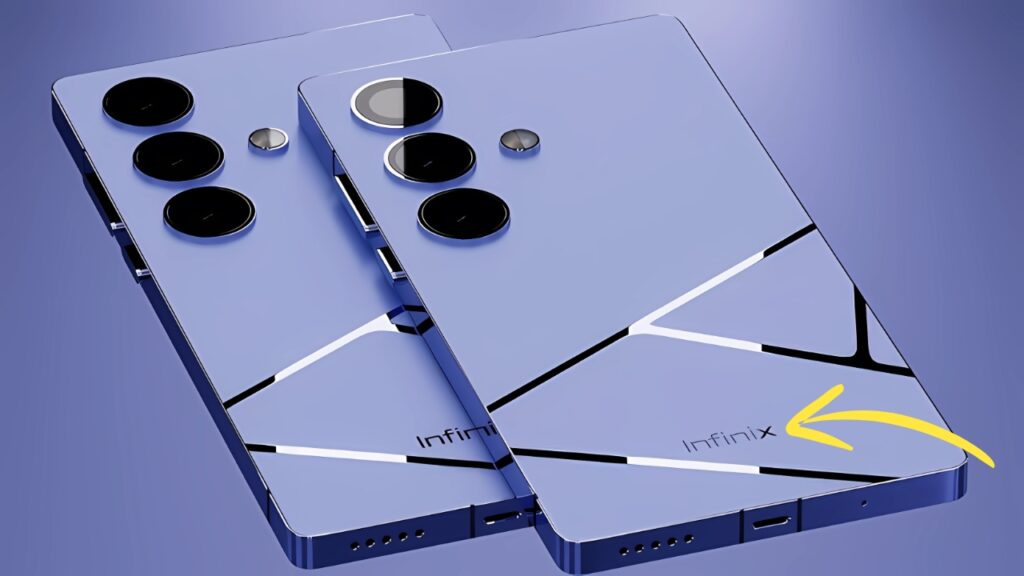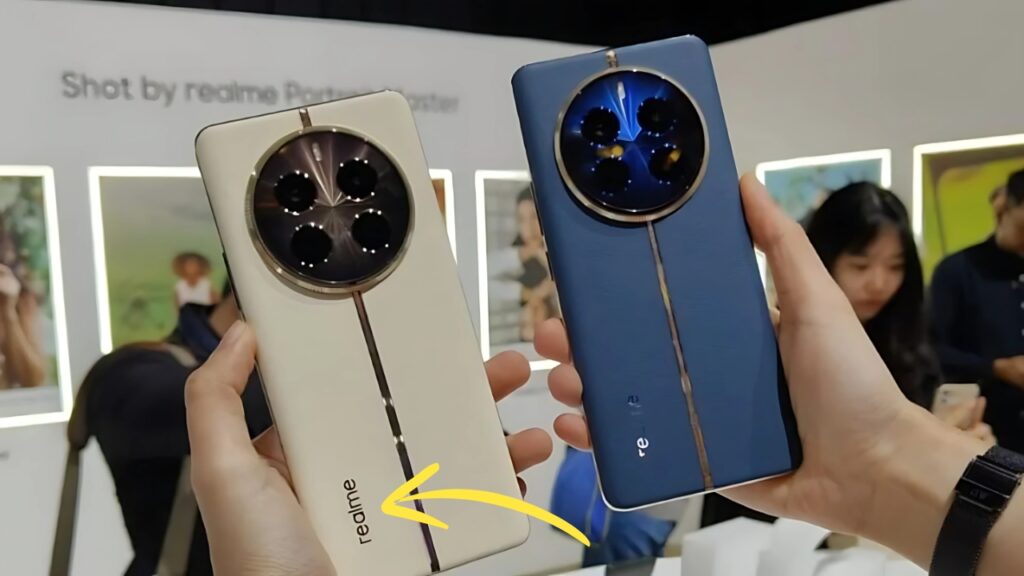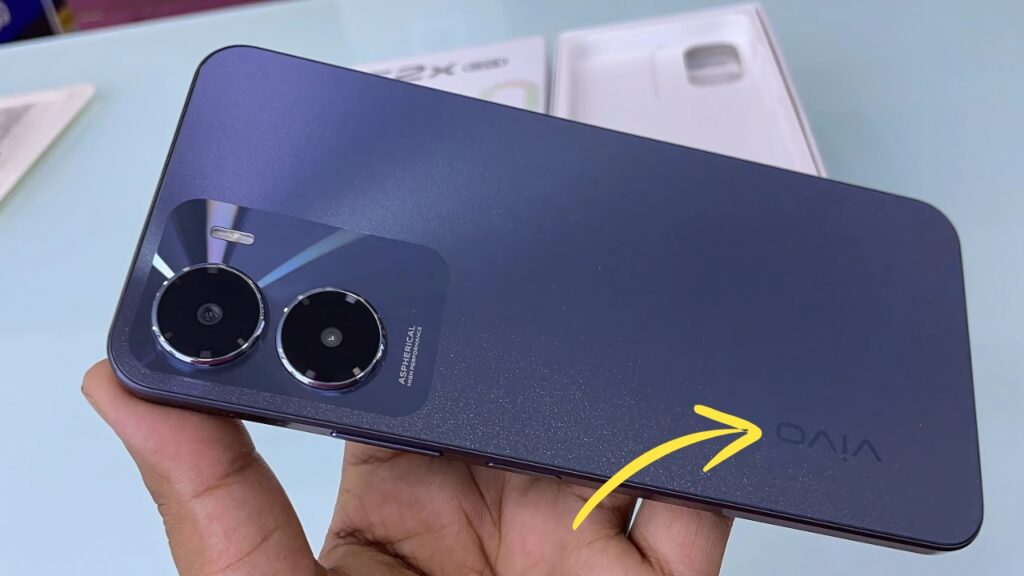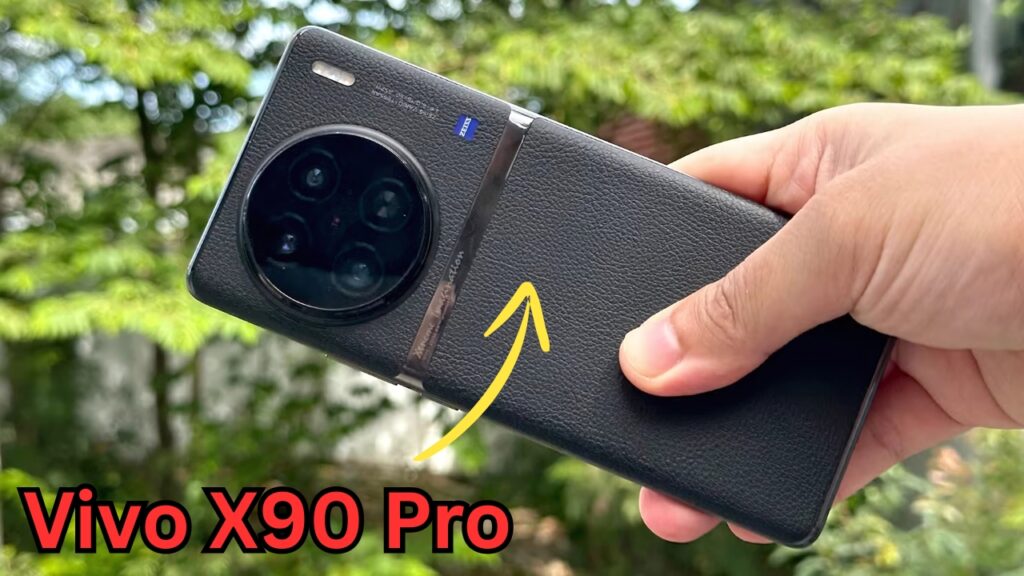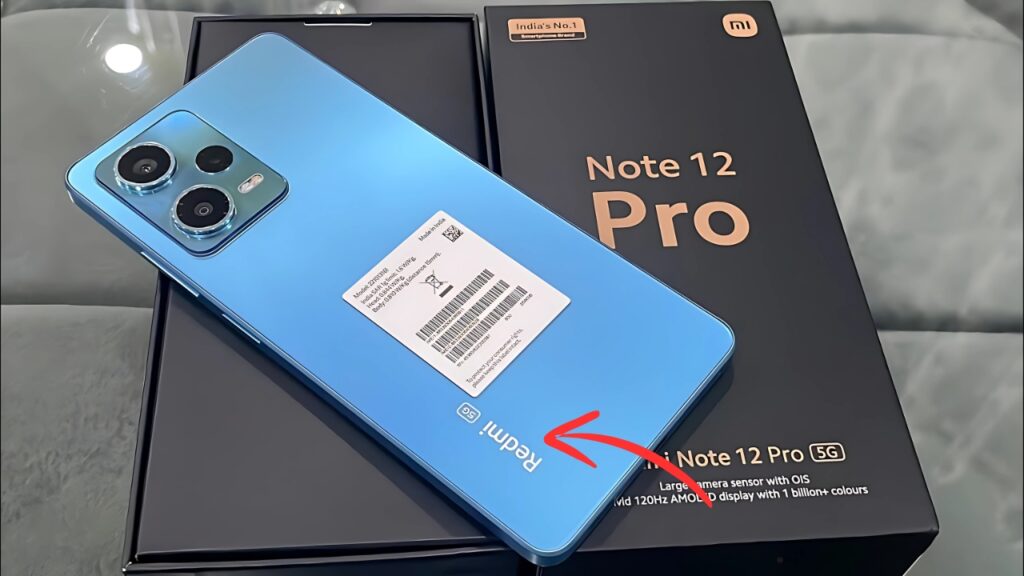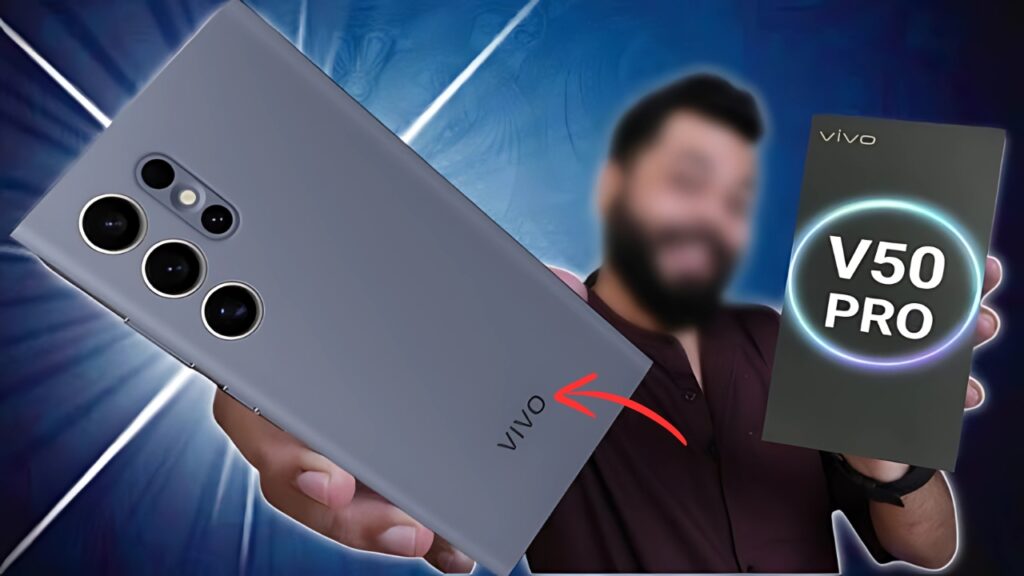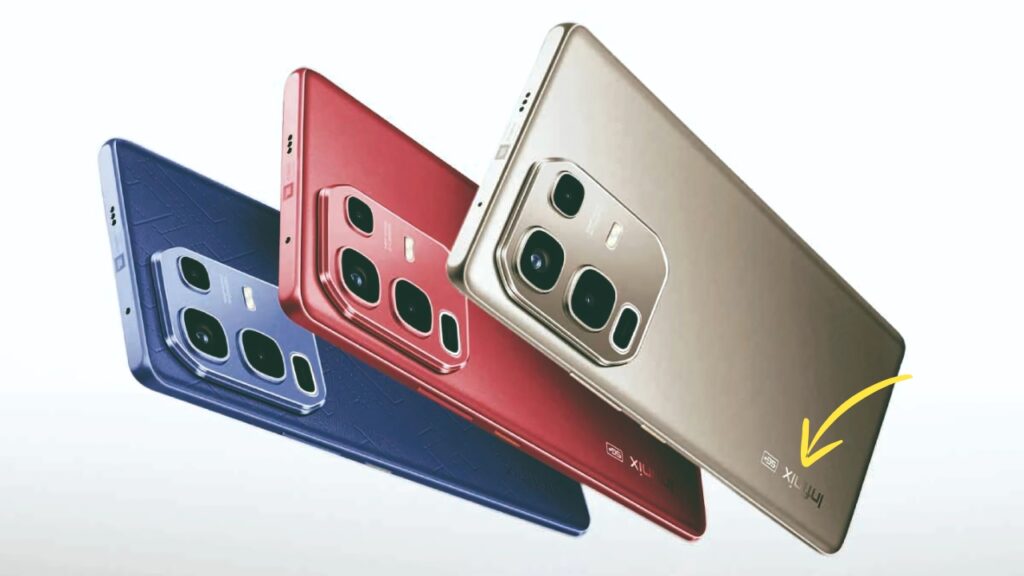Realme GT 7 Pro: The increasingly blurred boundaries between smartphone tiers have created a particularly interesting category often termed “flagship killers” – devices that incorporate premium-grade hardware while maintaining more accessible price points through calculated compromises.
The Realme GT 7 Pro represents one of the most compelling implementations of this approach, delivering genuine flagship performance while making judicious trade-offs that maintain its competitive pricing.
Having used this device as my primary smartphone for the past three weeks, I’ve developed nuanced impressions about where it genuinely competes with premium flagships and where limitations become apparent.
Realme GT 7 Pro: Strategic Context: Understanding the GT Position
To properly evaluate the GT 7 Pro, one must first understand its positioning within both Realme’s diverse lineup and the broader smartphone ecosystem.
As the flagship offering from a brand historically associated with value-focused devices, the GT series represents Realme’s assertion that it can deliver premium experiences that challenge established players while maintaining pricing advantages derived from its streamlined business model and shared resources within the BBK Electronics family.
The GT 7 Pro specifically targets performance enthusiasts who prioritize processing power, gaming capabilities, and charging speed over camera sophistication or brand prestige.
This positioning acknowledges the growing segment of consumers who make purchase decisions based on objective performance metrics rather than marketing-driven perception.
Design Execution: Purposeful Distinction
The GT 7 Pro’s exterior design successfully balances distinctive elements with practical considerations.
The “Racing Blue” variant I tested features a glass back panel with a dual-texture approach – half glossy, half matte – separated by a diagonal racing stripe that references both the GT naming and motorsport heritage.
This design not only creates visual interest but also provides practical advantages, with the matte section effectively resisting fingerprints while offering enhanced grip.
At 8.65mm thick and weighing 199 grams, the device exhibits substance without excessive bulk. The aluminum frame features subtle curves that enhance hand-feel despite the relatively flat front and back panels.
The camera housing adopts a rectangular arrangement that avoids excessive protrusion, allowing the phone to rest relatively flat when placed on surfaces.
What impresses most about the design is its restraint – unlike some competitors that incorporate excessive styling elements or unnecessary embellishments, the GT 7 Pro adopts a focused aesthetic that communicates performance without appearing overwrought.
During my testing period, the device consistently gathered positive comments from other technology enthusiasts, suggesting the design successfully communicates its performance-oriented identity.
Display Excellence: Visual Sophistication
The 6.78-inch AMOLED panel represents one of the GT 7 Pro’s clearest strengths. This 1.5K resolution (2780 × 1264) display delivers exceptional clarity, with 450ppi density ensuring that individual pixels remain indistinguishable during normal use.
The 120Hz refresh rate provides smooth scrolling and interface navigation, with intelligent adaptation between refresh rates to balance fluidity with power efficiency.
Most impressive is the display’s brightness capability, exceeding 1,600 nits in high brightness mode and providing excellent visibility even under direct sunlight.
The 2160Hz high-frequency PWM dimming at low brightness levels reduces eye strain during extended nighttime usage – a thoughtful inclusion that benefits heavy users who often interact with their devices in varied lighting conditions.
Color accuracy impresses in “Natural” mode, while “Vivid” provides increased saturation without venturing into the cartoonish territory some competitors occupy.
The 10-bit color depth (1.07 billion colors) enables subtle gradations that prevent banding in challenging content like sunset scenes or complex gradients.
HDR10+ certification enhances supported content with improved dynamic range, particularly noticeable in streaming media with high production values.
Performance Dynamics: Genuine Flagship Capabilities
Powered by Qualcomm’s Snapdragon 8 Gen 3 processor, the GT 7 Pro delivers performance that genuinely competes with premium flagships costing significantly more.
This 4nm chipset provides exceptional processing power for everything from basic productivity to demanding gaming scenarios.
The 12GB LPDDR5X RAM and 256GB UFS 4.0 storage provide generous specifications that enhance both multitasking capability and data access speeds.
What distinguishes the GT 7 Pro from some competitors utilizing the same processor is Realme’s sophisticated cooling system, which combines a substantial vapor chamber with multiple layers of graphite sheets and copper foil.
This thermal management system allows the processor to maintain peak performance during extended workloads without throttling – a crucial advantage for gaming sessions or demanding productivity tasks that might otherwise suffer from performance degradation.
In practical terms, the device handles everything from basic communication to intense gaming without hesitation.
Apps launch almost instantaneously, system navigation feels consistently fluid, and even the most demanding mobile titles run at maximum settings without framerate dips or uncomfortable heat buildup.
Benchmark results consistently placed the device among the top performers currently available, validating Realme’s focus on raw performance as the GT 7 Pro’s primary selling point.
Camera System: Calculated Compromise
The camera array combines a 50MP Sony IMX890 primary sensor with optical image stabilization, an 8MP ultrawide, and a 2MP macro lens – a configuration that reveals one of the device’s more obvious compromises compared to premium flagships.
While respectable for its price segment, this camera system lacks the sophisticated telephoto capabilities and sensor size advantages found in more expensive alternatives.
In favorable lighting, the main camera captures detailed images with natural color reproduction that avoids excessive processing.
Dynamic range proves adequate for most scenes, though challenging lighting can occasionally produce blown highlights or crushed shadows.
The ultrawide, while useful for environmental shots, exhibits noticeable quality degradation compared to the main sensor – particularly in lower light conditions.
Computational photography partially compensates for hardware limitations, with the night mode producing usable images in challenging conditions through multi-frame processing that balances noise reduction with detail preservation.
Portrait mode demonstrates reasonably good edge detection for subjects with well-defined boundaries, though complex elements like hair can occasionally challenge the algorithms.
This camera performance represents perhaps the clearest example of Realme’s calculated compromise approach – delivering competitive imaging for its price segment while acknowledging that photography enthusiasts might be better served by devices that prioritize camera systems over raw processing performance.
Battery Experience: Exceptional Charging
The 5400mAh battery consistently delivers full-day endurance even under heavy usage patterns, with more conservative users potentially extending into a second day.
While this longevity matches rather than exceeds premium competitors, the charging experience represents a genuine differentiator.
The included 120W SuperVOOC charger transforms the charging experience from necessity to momentary pause, delivering a full charge in approximately 25 minutes.
More impressively, even a brief 10-minute connection provides sufficient capacity for several hours of typical use – a convenience that fundamentally changes usage patterns by eliminating battery anxiety even for the heaviest users.
Realme GT 7 Pro: Focused Excellence
The Realme GT 7 Pro ultimately succeeds through clear understanding of its target audience and judicious feature prioritization.
Rather than attempting to match premium flagships across all specifications, it delivers exceptional performance in areas most valued by its target demographic – processing power, display quality, and charging speed – while making calculated compromises in camera capabilities and material refinement.
For performance enthusiasts seeking flagship-grade processing without corresponding prices, the GT 7 Pro offers a compelling proposition that focuses on substantive advantages rather than marketing prestige.
In challenging the increasingly arbitrary distinction between “flagship killer” and genuine premium devices, Realme has created a product that may prompt many potential flagship buyers to question whether the additional investment delivers proportional returns.
